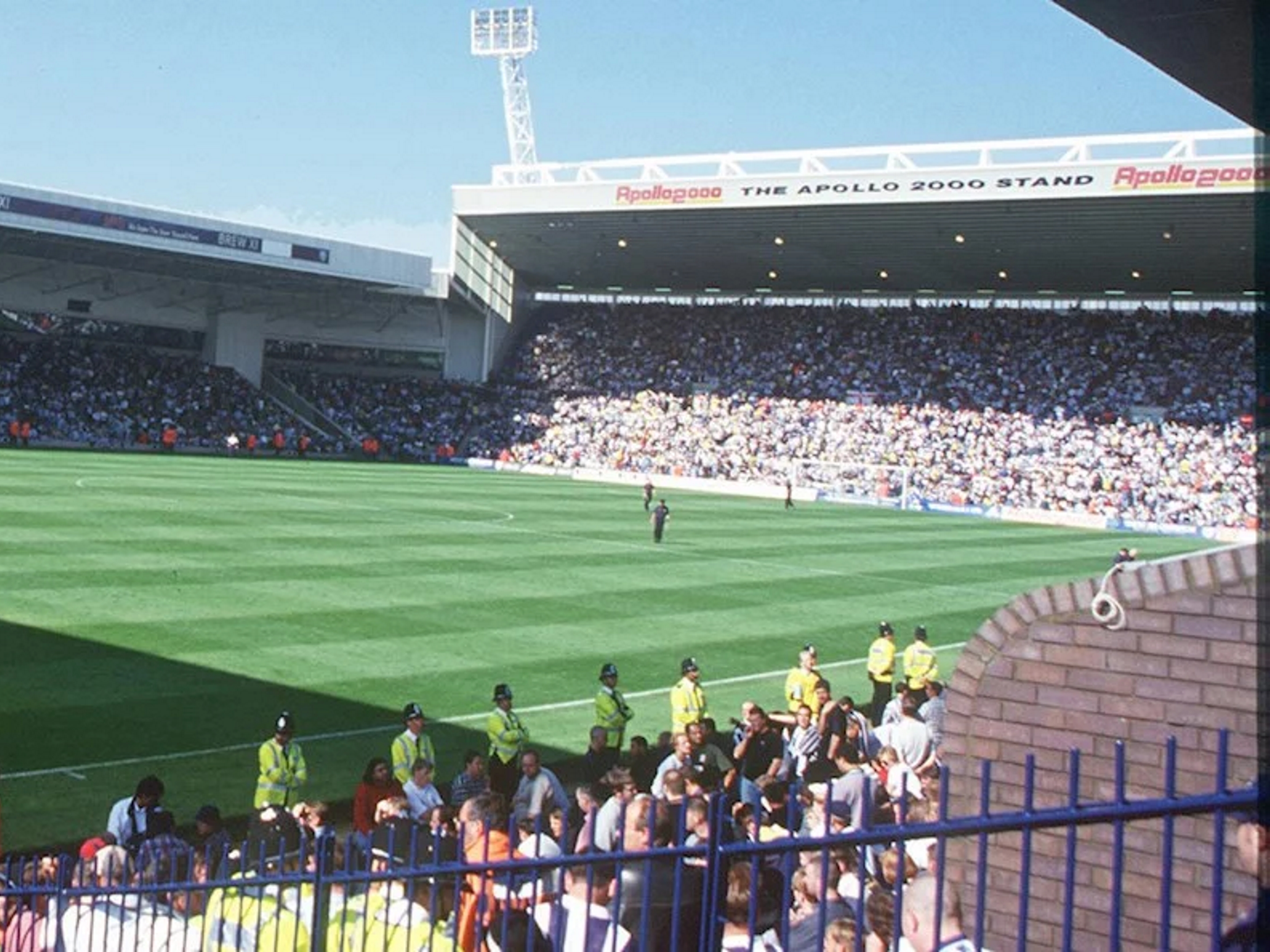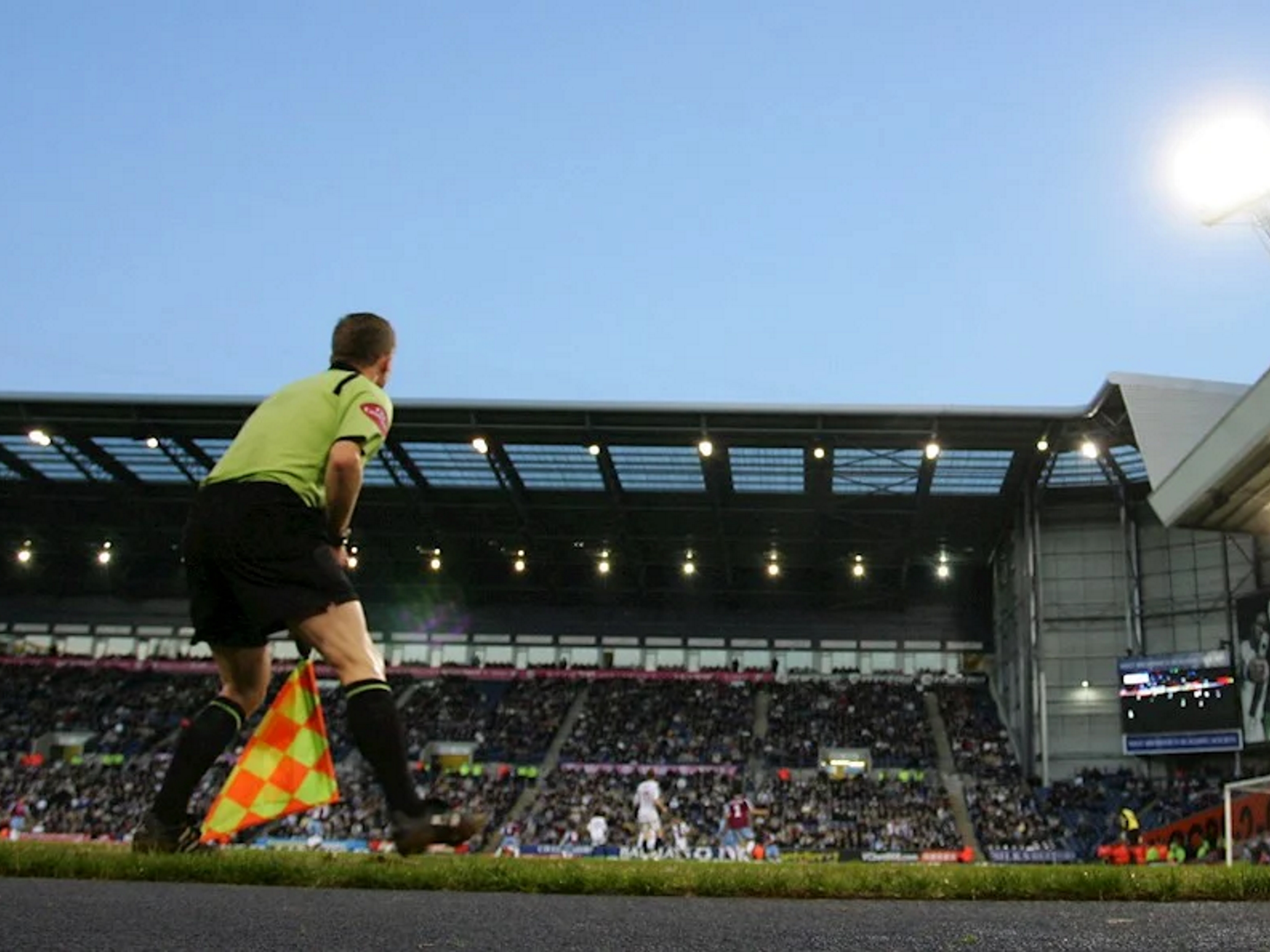History of The Hawthorns
Albion have been playing at The Hawthorns since 1900 and the club will celebrate the 125th anniversary of its home during the 2025/26 season.
The Black Country venue was the first Football League ground to be built in the 20th Century and was opened on September 3, 1900 after construction work lasted just four months.
The club's move to The Hawthorns came when the lease expired on the old Stoney Lane ground. It was sited on the old Hawthorns Estate, and hawthorn bushes had been grown there in the past, so the name was especially appropriate.
The ground opened with a fixture against Derby County which ended in a 1-1 draw, with Chippy Simmons equalising after the first goal on the ground was scored by Derby's great centre-forward, Steve Bloomer.
The initial capacity was 35,500 because Albion only had a 14-year lease on the ground. It wasn't until 1913 the club bought the freehold for £5,350. With that secured, development work really got into gear.
And, just after the great war, in the club's only First Division Championship year of 1920, concrete terracing was installed for the first time.
Such was the pace of change, by 1924, the capacity was up to a massive 65,000, though the terracing all round the ground wasn't finished until 1931, when seating was also put into the wing stands.
Further innovations continued, and The Hawthorns was the first ground in Britain to have an electronic turnstile aggregator fitted in 1949.

However, it wasn't until 1957 the club erected floodlights, which cost £18,000. The first game played under lights was against Chelsea on September 18, which ended in a 1-1 draw.
The ground as we've known it in recent years began to take shape in 1964, with the building of the East Stand on the site of the old Handsworth Stand.
The East Stand quickly became known as the 'Rainbow' because of the 4,000 brightly painted seats which replaced the old terracing at a cost of £40,000.
But in a pioneering bit of environmentally friendly recycling, the club transferred the old stand to the Brummie Road End to cover the terracing.

The Rainbow side of the ground was home to the next major development too, when the terracing in front of it was replaced with Albion's first executive boxes, 14 in total, plus 750 paddock seats in 1976/77, at the same time as the terracing at both ends of the ground was improved.
With the old Halfords Lane side falling into disrepair, Albion rebuilt the stand, a two-phase project which stretched from 1979 to 1982, adding another 26 executive boxes.
The next big change came about with the Hillsborough disaster, which meant the club needed to move towards the creation of an all-seater stadium.
The terracing at the Birmingham Road and Smethwick Ends was replaced by two new stands, completed in 1995 at a cost of £4.15 million, though roughly half of that figure was funded by the Football Trust.
The all-seater venue was officially opened with a game against Bristol City on Boxing Day, 1995, which Albion won 1-0.

The latest chapter in the continual improvement of The Hawthorns came early in 2001. The Rainbow Stand saw its final match on January 1, when Albion overcame Barnsley 1-0, before the demolition crews came in and tore it down.
The £7.5 million East Stand was completed for the first home game of the 2001/02 game - a 1-0 defeat by Grimsby - to make the famous old ground fully enclosed.
The new stand was well received, giving the club's commercial activity a major shot in the arm and boosting the ground's capacity to 27,877.
As well as improving the whole feel of the venue as a theatre for football, the East Stand allowed the club to base all its essential functions in one state-of-the-art facility.
The administration department, ticket office and club shop all moved into the East Stand at the beginning of January 2002.
The ground's 16-year wait to stage top flight football finally ended in the 2001/02 campaign when Albion clawed back an 11-point gap on arch-rivals Wolves to steal the second automatic promotion berth.
The club introduced a revolutionary Stilecard access system in the summer of 2002, with the old Halfords Lane turnstiles also being replaced.
The Hawthorns added another feather in it's cap by becoming the first ground to boast big screens in widescreen format at the beginning of the 2002/03 campaign - Albion's first-ever season in the Premiership.
The famous Woodman pub, at the outside corner of The Hawthorns' East Stand and Birmingham Road End, was knocked down in June 2004 to make way for car parking.

Albion opened the newly-refurbished West Stand to supporters for their first home game of the 2008/09 Premier League season against Everton on Saturday, August 23.
The formerly-named Halfords Lane Stand underwent a £3million-plus makeover during the summer to vastly improve facilities for the supporters, playing staff and media.
It included new dressing rooms, dugout areas and tunnel, new executive boxes and a gantry, that spans the length of the stand, for broadcasters.
The transformation also meant a small reduction in The Hawthorns' capacity to 26,272.
In summer 2011 the club invested in a new state-of-the-art pitch and also evened out its gradient.
It meant from the beginning of the 2011/12 campaign, The Hawthorns' playing surface met all of the criteria required for UEFA's highest standard of pitches.
Albion laid a Desso GrassMaster pitch, which consists of artificial fibres intertwined around natural grass to produce a higher quality and more stable surface. Similar pitches had already been installed at clubs like Arsenal, Tottenham, Liverpool and most recently at Wembley.
The surface features a new, remote-controlled irrigation system - increasing the number of in-pitch sprinklers to eight - plus new under-soil heating.
Works during summer 2013 took the capacity up to 26,586.
Further development in the summer of 2014 increased the stadium capacity to 26,850, with added seats made available in the Smethwick End due to the movement of the police control room.